- Welcome To Changzhou Huarui Welding & Cutting Machinery Co., Ltd.!
- About Huarui | Inquiry Form | Contact Us |
 中文
中文
 中文
中文
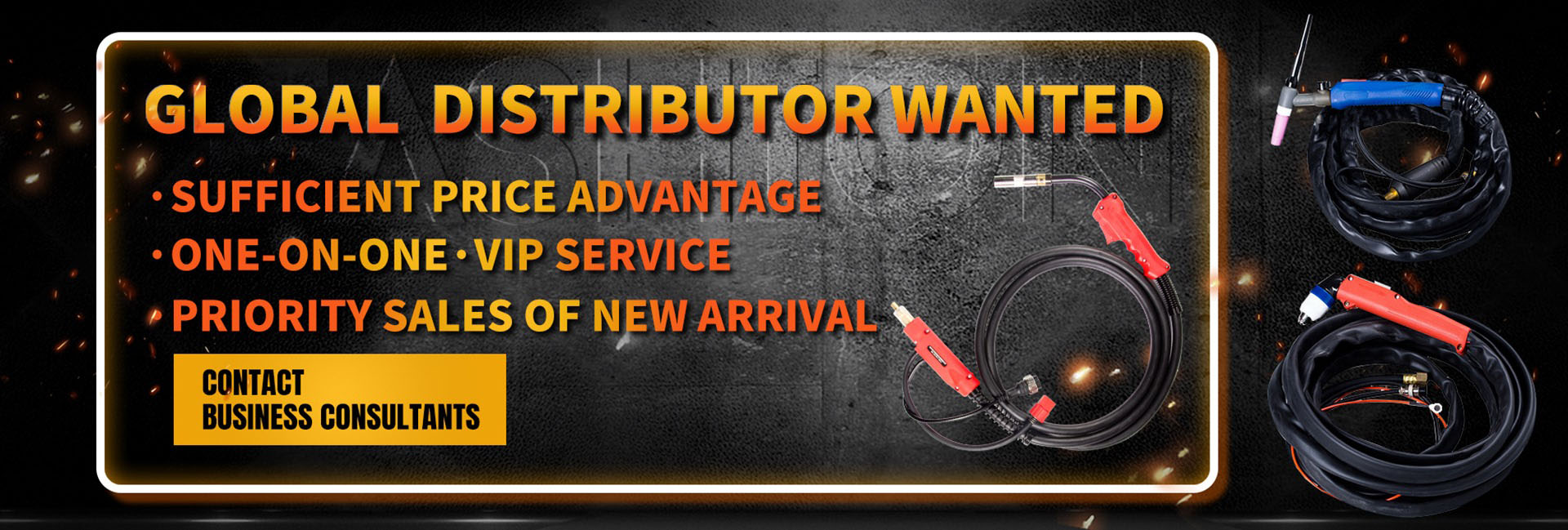
Submerged arc welding process is the most ideal choice for important applications in pipeline, pressure vessel and tank, track manufacturing and major construction. It has the simplest single wire form, double wire structure, series double wire structure and multi-wire structure.
Submerged arc welding can benefit users in many welding applications, from increased productivity to improved working conditions to quality assurance. Metalworking manufacturers that are considering changes in the submerged arc welding process should have many benefits in mind.
Basic knowledge of submerged arc welding
Submerged arc welding process is suitable for the requirements of heavy industrial applications in pipeline, pressure vessels and tanks, locomotive manufacturing, heavy construction/excavation. It is very suitable for industries requiring high productivity, especially welding industries involving very thick materials, and can gain a lot of benefits from the submerged arc welding process.
Its high melting rate and walking speed can have a significant impact on worker productivity, efficiency and production cost, which is also one of the key advantages of submerged arc welding process.
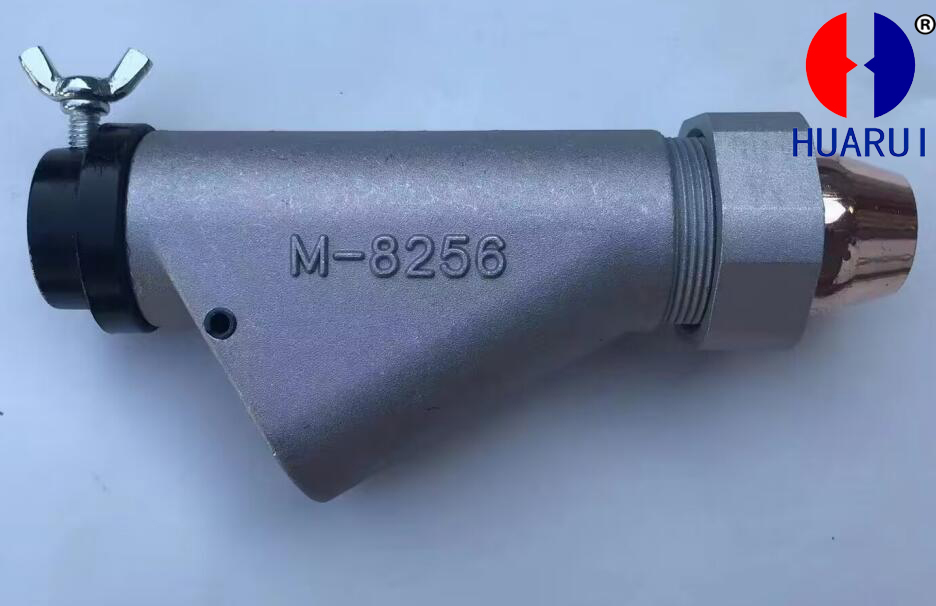
Other benefits include: welds with excellent chemical composition and mechanical properties, minimal arc visibility and lower welding soot, improved comfort in the working environment, and good weld shape and toe lines.
Submerged arc welding is a wire feeding mechanism that uses a granular flux to separate the arc from the air. As the name suggests, the arc is buried in the flux, which means that when the parameters are set, the arc is invisible with a subsequent flux outflow.
The wire is continuously fed by a torch moving along the weld. Arc heating melts a section of wire, part of the flux and base metal, forming a molten pool, condensation formed a welding seam covered with a layer of welding slag.
The THICKNESS RANGE OF WELDING MATERIAL IS 1/16 "-3/4", CAN PASS SINGLE PASS welding 100% penetration welding, if the wall thickness is not limited, can be MULTI-pass welding, and the weld to carry out appropriate pretreatment selection, select the appropriate wire flux combination.
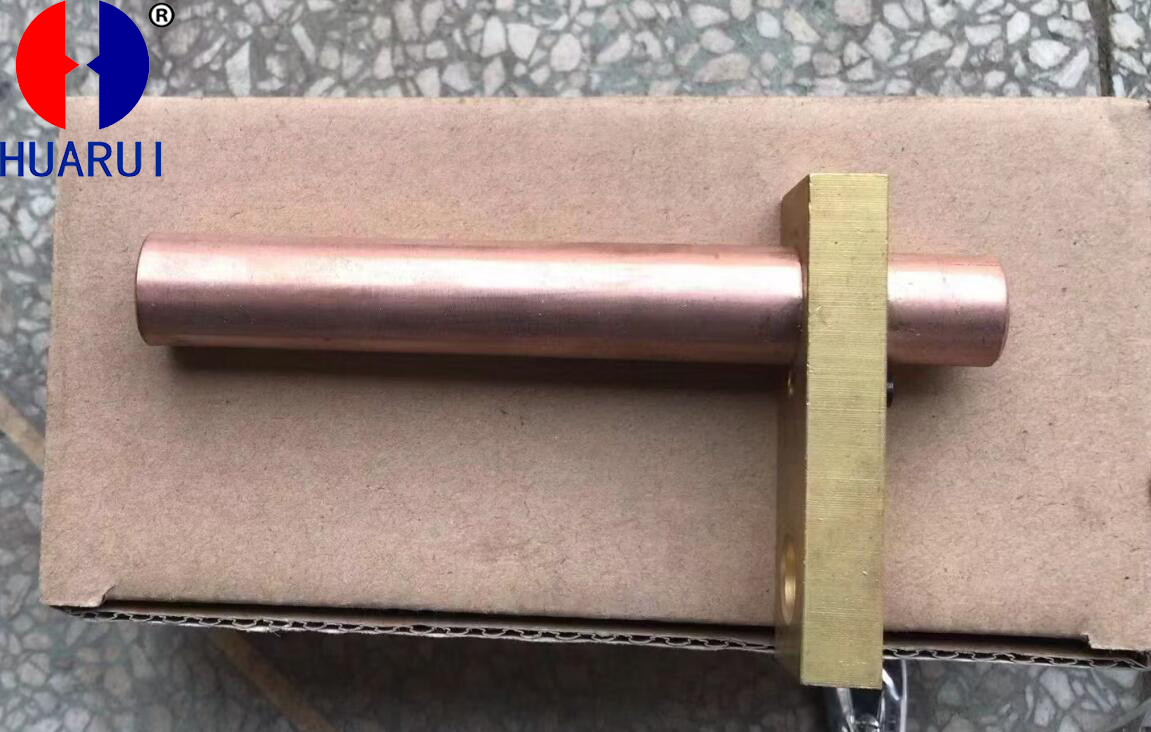
Choice of flux and wire
Choosing the right flux and wire for a specific submerged arc welding process is critical to achieving the best results using that process. Although the submerged arc welding process alone is efficient, productivity and efficiency can be increased even based on the wire and flux used.
Flux not only protects the weld pool, but also contributes to the improvement of mechanical properties and productivity of the weld. Flux formulation has a huge impact on these factors, affecting current carrying capacity and slag release. Current carrying capacity refers to the highest possible cladding efficiency and high quality weld profile.
The slag release of specific fluxes affects flux selection because some fluxes are more suitable for some welding designs than others.
Flux selection options for submerged arc welding include active and neutral types of welding. One fundamental difference is that active flux changes the chemistry of the weld while neutral flux does not.
Reactive flux is characterized by the inclusion of silicon and manganese. These elements help maintain weld tensile strength at higher heat input, help weld smooth at higher travel speeds and provide good slag release.
Overall, reactive flux can help reduce the risk of poor weld quality and costly post-weld cleaning and rework.
But keep in mind that active flux is usually best suited for single or double passes. Neutral fluxes are preferable for large multi-pass welds because they help avoid the formation of brittle, crack-sensitive welds.
There are a variety of wire options for submerged arc welding, each with advantages and disadvantages. Some wires are formulated for welding at higher heat inputs, while others are specially designed to have alloys that help the flux clean during welding.
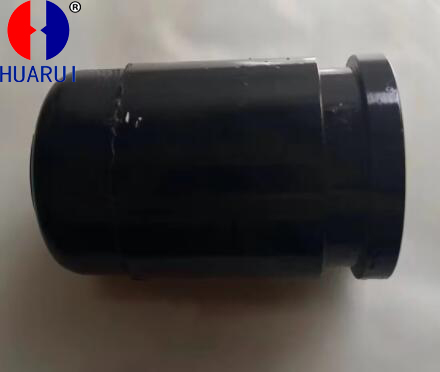
Note that the chemical properties of the wire and the heat input interaction can affect the mechanical properties of the weld. Productivity can also be greatly improved by filling metal options.
For example, using a metal cored wire with a submerged arc welding process can increase the cladding efficiency by 15 to 30 percent compared to using a solid wire, while also providing a wider, shallower penetration profile.
Due to its high travel speed, the metal cored wire also reduces heat input to minimize the risk of welding deformation and burn through.
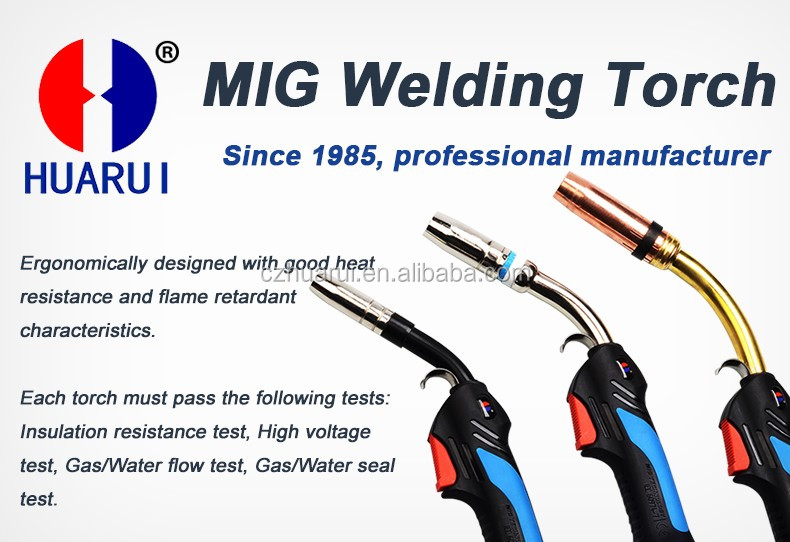
welcome to our alibaba shop:
https://czhuarui.en.alibaba.com/
https://topwelding.en.alibaba.com/
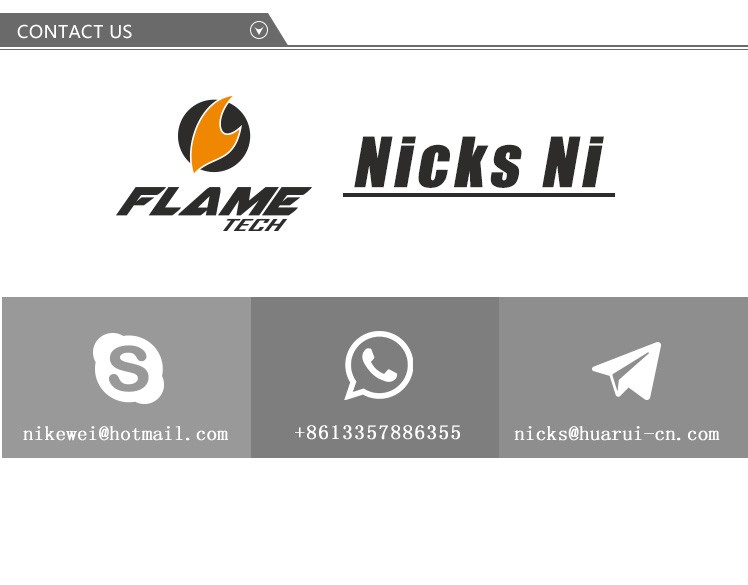
Tungsten Inert Gas, or TIG welding. Tungsten inert gas welding (tungsten inert gas welding) (non-molten gas shielded welding) Inert gas arc welding with pure tungsten or activated tungsten (thorium tungsten, cerium tungsten, zirconium tungsten, lanthanum tungsten) as an unmelted electrode has high quality but low speed.
TIG welding refers to non-melting electrode gas shielded welding, is an arc welding method using external gas as a protective medium, its advantages are good visibility of arc and weld pool, easy to operate; No or little slag, no post-weld slag cleaning. However, special wind protection measures should be taken when working outdoors.
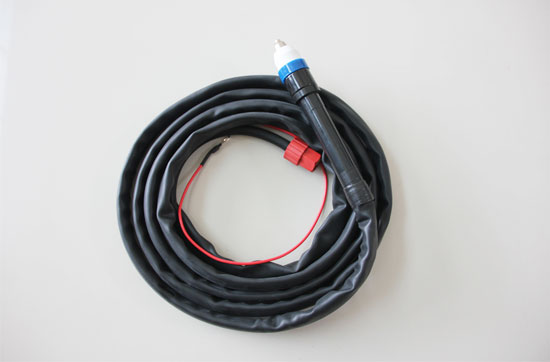
Welding skills (1)
TIG welding itself belongs to the open arc operation can be very good to observe the shape and flow of the molten pool, much better than electrode arc welding.
Welding Skills (2)
The control of welding hand stability is the biggest key to avoid shaking and burning the dock caused by the tungsten pool. The control method can be used to hold the forefinger of the welding torch to support the welded pipe or plate. The extension length of the tungsten electrode can be selected according to the depth of the crack, generally 3-5mm.
The wire transport method can be selected according to the size of the break. When the Angle of the break is small, the welding wire can be placed in the middle of the bath and sent continuously. When the break is large, both sides can be used to feed wire (to be quite skilled, to avoid touching the dock pole). The welding torch moves around to make the edge fuse well. On the surface of the full fish scale, according to the test competition scoring standards, TIG welding height is generally 0~2MM, the surface is smooth without edge. Stomata. Crack. Can not fuse already. The above is the introduction of TIG welding work.
In cemented carbide processing industry, plasma torch is one of the main surface treatment methods, plasma torches can be widely used in petroleum, chemical, engineering machinery, mining machinery, and other industries, such as some valves sealing surface surfacing, oil drill pipe, bearing and other wear repairs, its application prospects are very wide. Plasma torch welding has its own unique performance and characteristics, let's take a look.
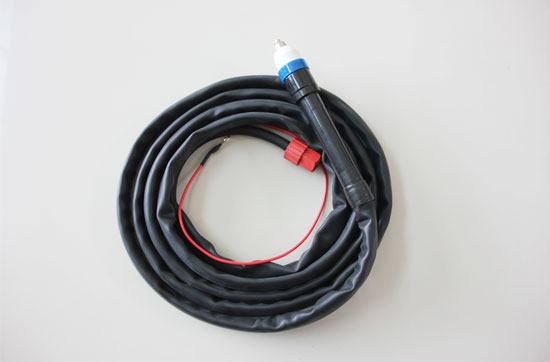
Plasma torch welding can also be called plasma cladding, plasma spray welding is the use of plasma arc as a heat source to melt the added metal so that it and the matrix metal as a combination of metallurgy of a cladding method. Plasma torch is using welding torch tungsten electrode as the cathode current and substrate as current between the anode plasma as heat and would be welding heat transferred to the surface of the workpiece, and the thermal region into welding powder, make its melting after deposition on the surface of welding, so as to realize the parts surface strengthening and hardening process.Compared with other cladding technologies, plasma torch:
1. Compared with TIG welding, plasma torch welding has strong penetration controllability, high cladding speed, and higher productivity. After cladding, the interface between the substrate material and the cladding material is a metallurgical bonding state, with high bonding strength, low heat input, and a small dilution rate. More importantly, due to the poor current carrying capacity of tungsten electrodes, a large current in argon arc welding will cause tungsten electrode melting and evaporation, and its particles may enter the molten pool and cause pollution, while tungsten electrode in plasma cladding needs to bear small current.
2. Compared with manual arc welding, although it is slightly less flexible and convenient in the application, it has obvious advantages in production efficiency. Moreover, manual arc welding has greater labor intensity, which affects the health of welders, and the product quality is greatly affected by the level of welders and the quality of electrodes.
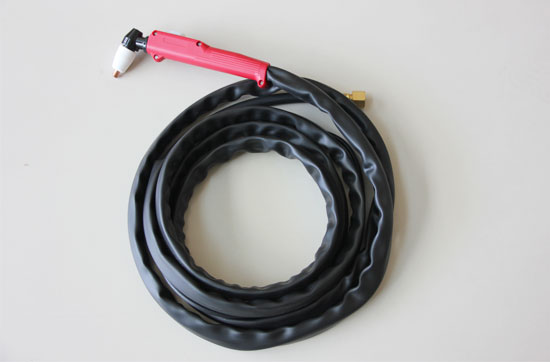
3. Compared with submerged arc welding, the flexibility of the welding position is relatively large. In addition, plasma arc itself has the advantages of arc core heat concentration, arc stability, low dilution rate.
4. Compared with another surfacing welding, there is less intermelting between the substrate material and the cladding material in the process of plasma torch, and the change of the characteristics of the cladding material is small.
In addition, using powder as a cladding material can improve the design freedom of the alloy, make the cladding material possible, and thus greatly improve the wear resistance, high-temperature resistance, and corrosion resistance of the workpiece. Therefore, plasma torch welding is widely used in new products manufacturing and equipment remanufacturing in petroleum, chemical industry, engineering machinery, mining machinery, and other industries.
Hello fellows~
Welcome to HUARUI online chanel @ www.huarui-cn.com for more information.
HUARUI, a well-known manufacturer of Mig welding gun, Tig welding gun & Plasma cutting torch from 1985. Our factory is expanding the production capacity up to 54,000 square feet steel construction workshop. Let's take a look at the vlog.

 master@huarui-cn.com
master@huarui-cn.com 86-519-86371071
86-519-86371071 86-519-86371072
86-519-86371072







